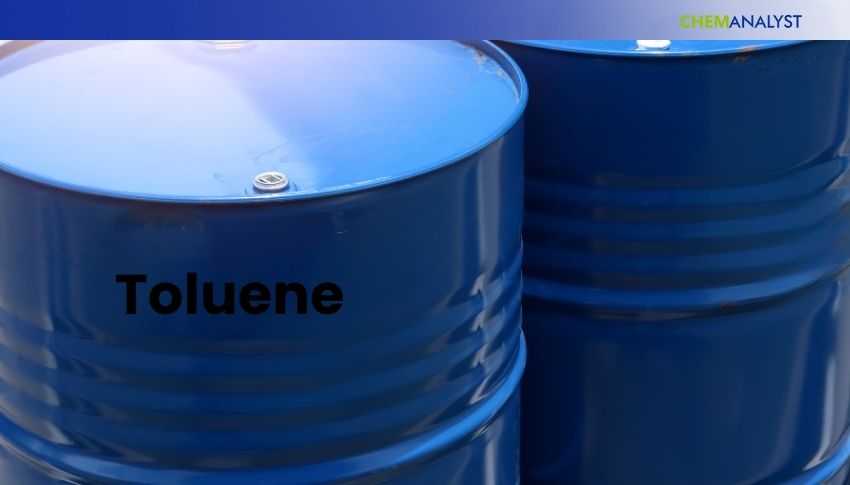Welcome To ChemAnalyst

The U.S. toluene market is facing strong headwinds with 25% tariffs on imports from South Korea and Japan, the primary suppliers, scheduled to be implemented on 1 August. At the same time, weakening construction demand, especially in the residential sector, could lower toluene-derived product consumption, such as coatings and adhesives. Increased inventories and declining housing start adding additional pressure on downstream demand for petrochemical-based inputs.
In early July, the U.S. toluene market is being increasingly pressured from several sides, as fresh tariffs announced on the import of goods from South Korea and Japan join indications of deceleration in the nation's construction industry, one of the prime downstream demand drivers for petrochemicals.
As of 1 August, a 25% tariff will apply on merchandise imported from South Korea and Japan, including significant aromatic chemicals like toluene. South Korea is the biggest U.S. toluene importer now, and the new trade action will jam supply chains and drive prices higher in the weeks ahead. Toluene is an essential feedstock for benzene, further used to make styrene, cumene, and phenol—plastics, paint, adhesive, and insulation material, building blocks commonly employed in construction.
Meanwhile, the housing market in the U.S. is itself slowing down. Inventories of existing homes grew almost 20% year-over-year, driving the market into a buyer's climate and lowering the pressure for new residential construction. The weakening demand might weigh on toluene use, especially in coatings, sealants, and insulation markets.
Even with indications of decelerating activity, the labor market for construction is holding firm. The Associated General Contractors of America (AGC) reports that employment in the industry continues to expand steadily at a rate higher than overall job growth. Construction worker wages are increasing more quickly than in the rest of the private sector, as continued shortages of the labor force companies hold on to workers and bring in new ones whenever they can, amidst continued policy-related uncertainty.
Non-residential construction experienced a modest gain in jobs, and residential construction also grew, led primarily by advances among specialty trade contractors. Yet the total number of open positions in the construction industry has fallen dramatically from where it was a year ago, indicating that a slowdown in hiring momentum may be underway, with potentially easier labor demand ahead.
As construction activity gets back on an even keel and import prices increase, the situation for U.S. toluene is uncertain. Market players await the development of policy, macroeconomic trends, and how they form supply and demand during the remainder of the year.
As the U.S. building industry begins to moderate and toluene imports become subject to expensive trade hurdles, the market scenario becomes more uncertain. With dwindling job vacancies and weakening housing momentum, downstream demand could further soften. Market players can expect tighter supply, higher prices, and greater volatility as geopolitical and economic trends continue to affect both trade patterns and end-use consumption.
We use cookies to deliver the best possible experience on our website. To learn more, visit our Privacy Policy. By continuing to use this site or by closing this box, you consent to our use of cookies. More info.
